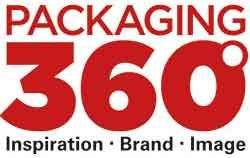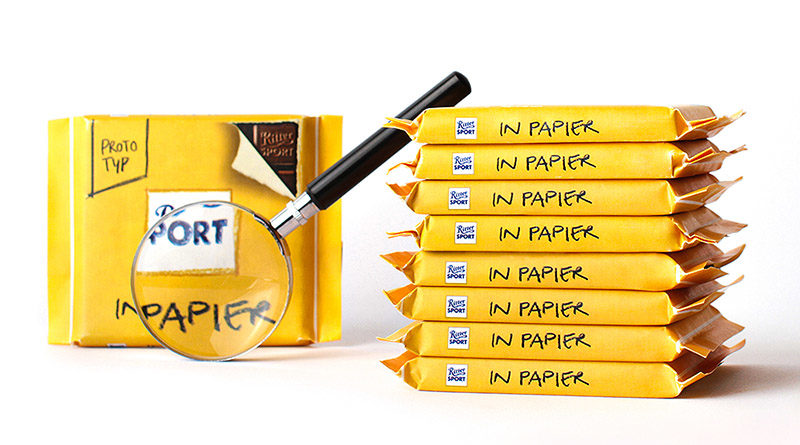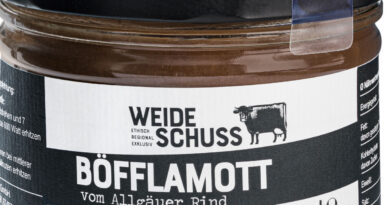Product Protection versus Environmental Compatibility
With the “in Papier” (in paper), Ritter Sport is testing a new packaging prototype. The focus of the development is on the attempt to ensure the best possible product protection while conserving resources.
In contrast to other flexible packaging solutions, the chocolate manufacturer’s current plastic packaging is made of a single material – polypropylene – which makes it completely recyclable. “Able” is the operative word here. The recycling rate in this country is low and in other countries there is a lack of recycling possibilities, the Ritter Sport blog states. Therefore, the packaging development department has been working on alternatives for quite some time. In so doing, recyclability is the top priority in order to avoid wasting energy and raw materials. Paper is better in this respect from a holistic point of view, as many countries collect paper and recycle it accordingly.
Product protection indispensable
Unfortunately, chocolate cannot simply be wrapped in nicely designed recycled paper. It contains fats and can lose quality due to external influences (i. e. aromas). Therefore, a barrier for product protection is necessary. This is why the company has developed a special paper with a barrier coating on the inside for the “in Papier” packaging. The exact formulation components of the papers are, however, still confidential as this is a new development, according to a comment by the Ritter Sport team on the blog. However, the coating does not reduce the recyclability. As a result, the packaging of the “in Papier” chocolate can be disposed of in the paper bin. The prototype will now be sent to 500 testers and can be purchased in the SchokoShop in Waldenbuch or in the Bunte SchokoWelt in Berlin.
High standards for packaging
The comment by the Ritter Sport team also emphasizes that Ritter Sport has a packaging guideline that goes beyond the legally prescribed requirements and guidelines. The chocolate manufacturer does not use plastics made of PVC and cellophane. Packaging and adhesives with plasticizers (bisphenols) are taboo, as are UV inks and UV coating systems. No Genetically Modified Organisms (GMO) are contained in the packaging materials and auxiliary materials and the printing inks used are at least low-migration, i.e. free of mineral oil. All paper and cardboard packaging materials are FSC-certified. It remains to be seen whether the prototype of the paper packaging will stand up to customer testing. The discussion in the blog comments shows that the complexity of the topic of plastic versus paper has also reached consumers.




